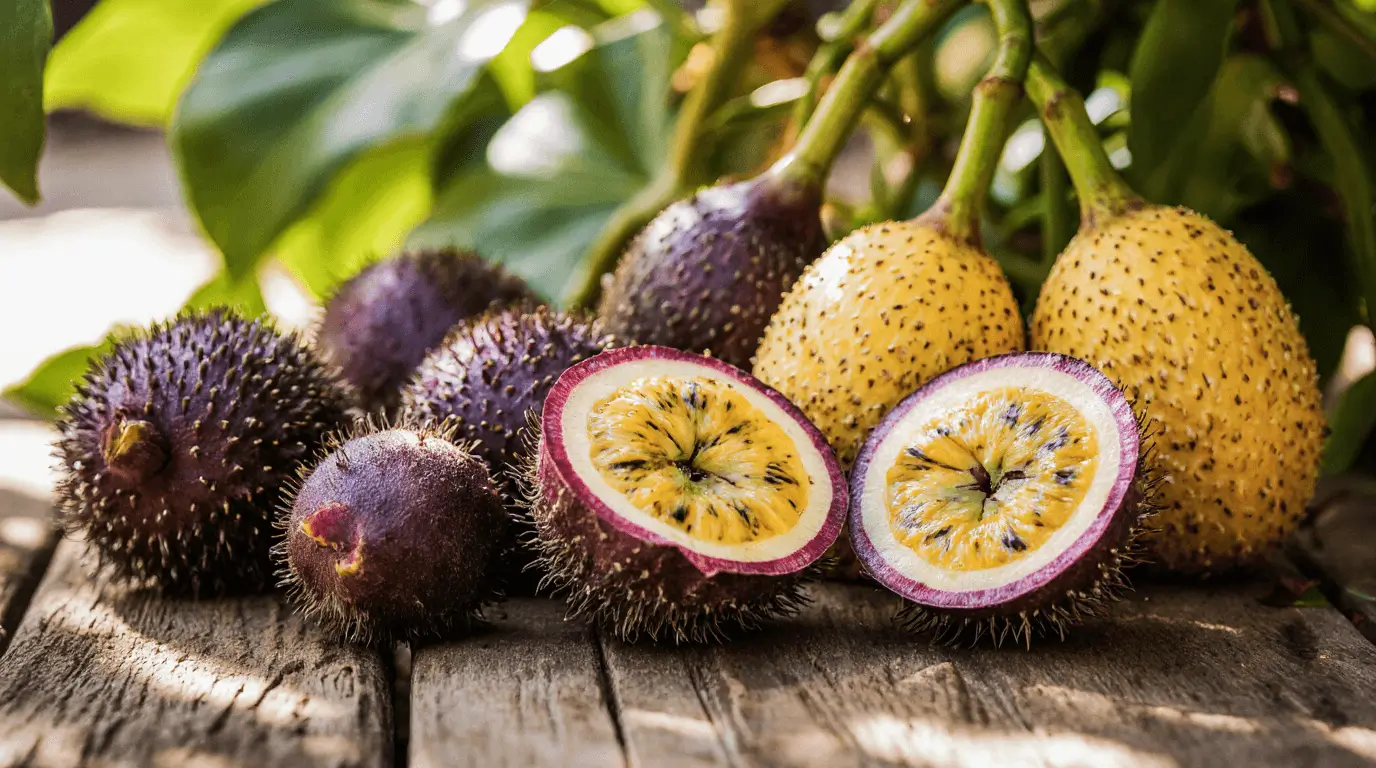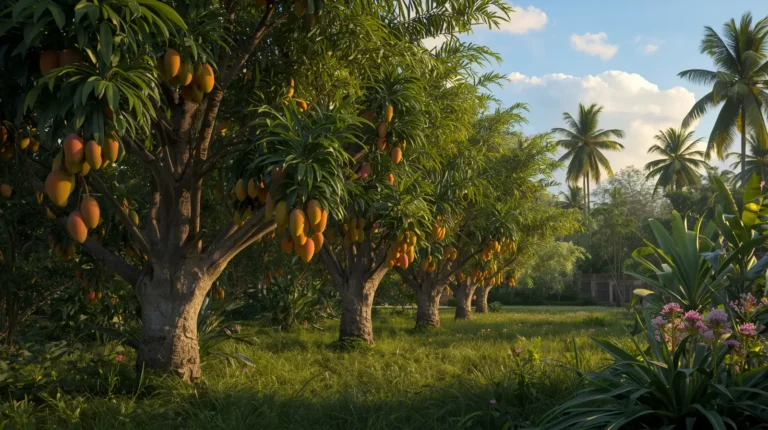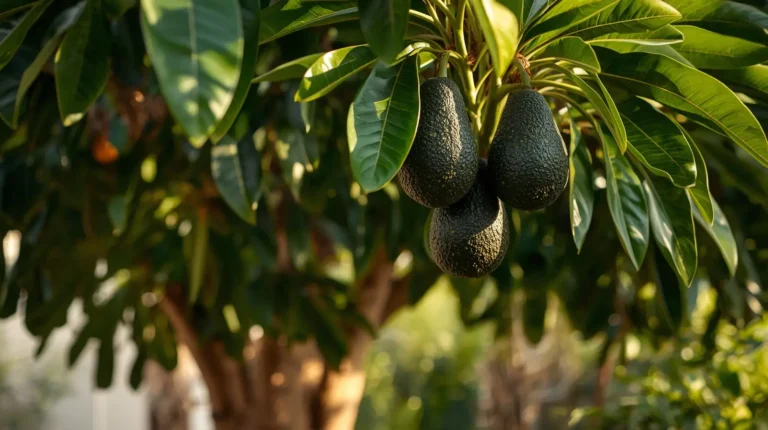When I first started growing passion fruit in my backyard, I was fascinated by the differences between the yellow and purple varieties. Each variety carries its own distinct flavor profiles and characteristics, making them both unique in their way. The yellow type usually offers a tangier taste, while the purple kind has a sweeter and more aromatic flavor that many enthusiasts love. Both are tropical treasures that can truly enrich your diet and awaken your taste buds. Through my exploration of purple vs yellow passion fruit, I found that their nutritional benefits are remarkable — both contain vitamins and antioxidants that boost health and make for suitable additions to your daily diets.
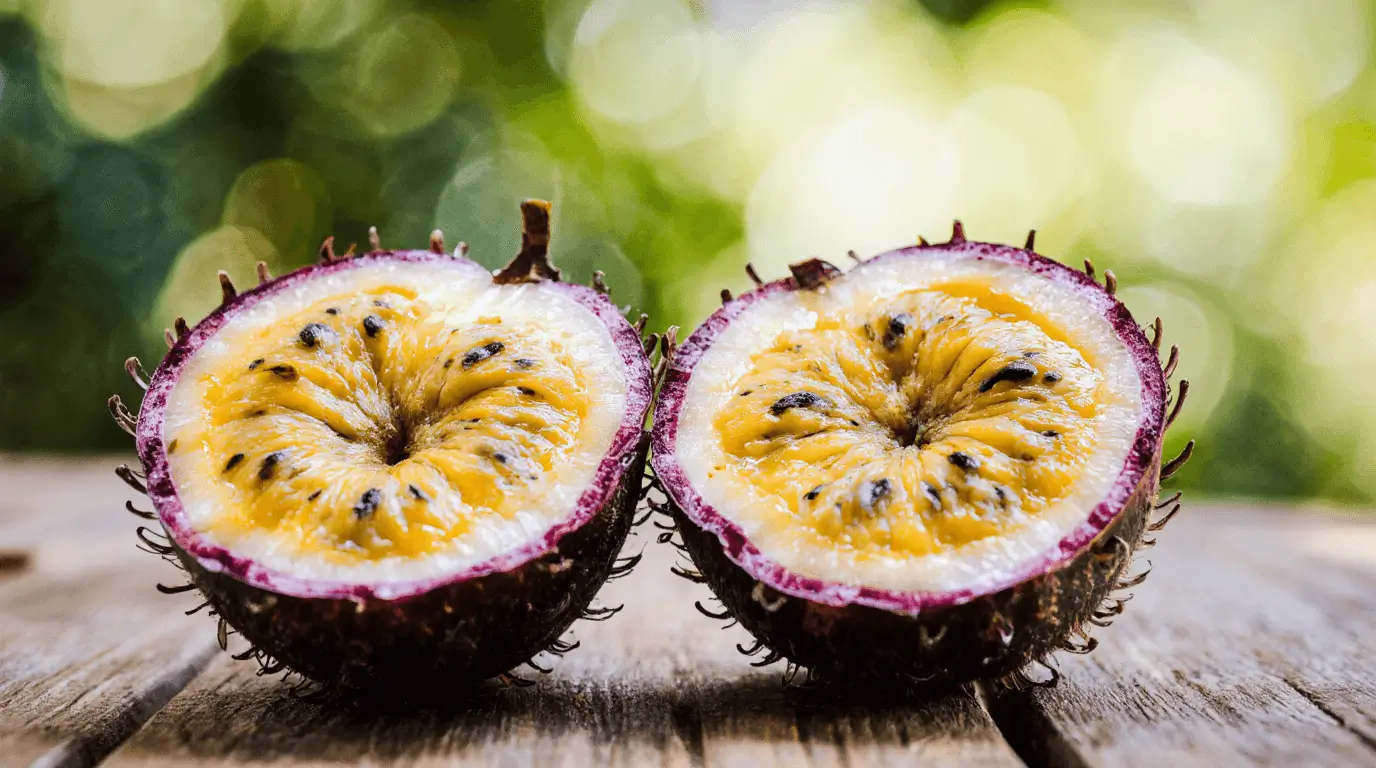
From a grower’s view, the gardening conditions for each variety also vary slightly. The yellow type tends to excel in hotter tropical climates, while the purple prefers cooler gardens, thriving with ease when the conditions are right. Their growth patterns reflect the secrets of these tropical treasures, and knowing how to care for them helps readers make informed choices. Whether you grow them for culinary uses or decorative gardens, the benefits and uses of these plants unveil the beauty of nature and inspire enthusiasts to go toward learning more about their flavor, nutrition, and the joy of growing something so distinct, unique, and rewarding.
Ready to Grow a Passion Fruit Tree?
When I began experimenting with passion fruit, I quickly learned the differences between the yellow and purple varieties. Each has its own unique flavor, nutrition, and growth style, which makes them both exciting to grow. Here’s what I discovered through years of hands-on gardening:
- The yellow passion fruit is larger in size and has a tangy taste, making it suitable for juice production and other culinary uses. It’s characterized by its specific growth conditions that demand warmth and sunlight for optimal cultivation.
- The purple passion fruit, on the other hand, is smaller yet sweeter, often preferred for fresh consumption. It thrives in cooler climates and provides nutritional benefits that truly enrich your diet.
- Both varieties are valuable additions to any garden, primarily because they provide diversity and color. The contrast in their flavor and appearance emphasizing their beauty compares beautifully when grown side by side.
Growing these fruits under the right conditions can turn your garden into a tropical paradise. Each plant tells a story through its taste and nutrition, offering endless joy to those who nurture them.
Read Also: Determine the Best Papaya Variety for Your Gardening Needs — Choose Smart for Your Climate
Overview of Yellow and Purple Passion Fruit
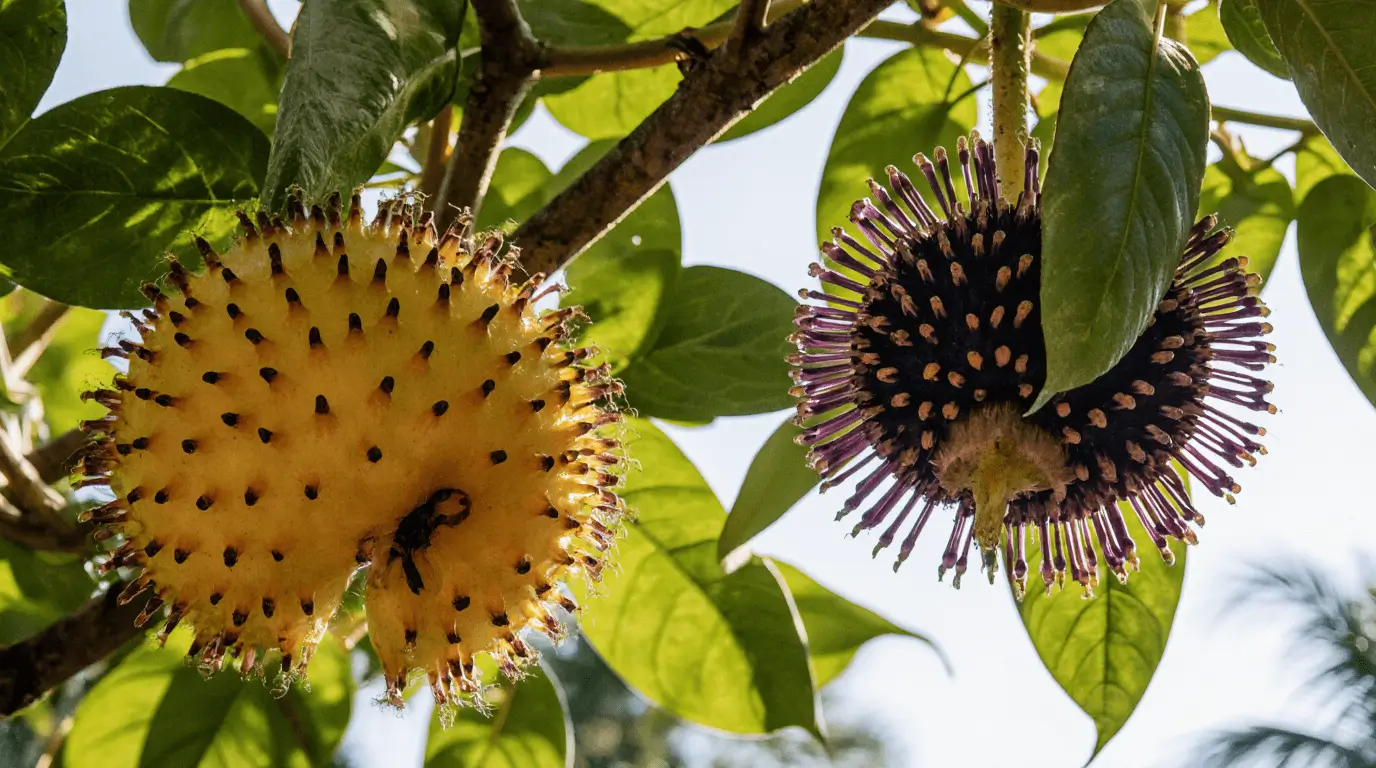
When I first started growing passion fruit in my backyard, I was amazed by the clear differences between the yellow and purple types. The Passiflora edulis f. flavicarpa (the yellow variety) has a larger size, vibrant yellow exterior, and a tangy taste that’s perfect for juice production. This variety thrives in tropical regions and is characterized by its vigorous growth, often yielding many fruits per vine. Its high juice yield and nutrient-dense nature, rich in vitamins and antioxidants, make it a popular choice among gardeners who enjoy tropical produce. Through my experiences, I’ve found this edible plant especially successful when cultivation focuses on sunlight and humidity balance.
The Passiflora edulis f. edulis or purple passion fruit is smaller, with a violet exterior, sweeter and more fragrant pulp, ideal for fresh consumption or desserts. Its rich flavor and appealing flavor profile give it an edge in home kitchens, while it’s often utilized as fresh produce rather than for juice extraction. When comparing the two, the contrast lies in their intended use — the yellow for beverages and the purple for eating fresh. Both varieties offer great appeal, and selecting the appropriate type depends on climate, maturity period, and gardening goals for a successful harvest.
Both are primarily grown for their global output, but in home gardening, their beauty and differences make them a valuable distinction in any garden setup.
Taste Comparison: Yellow vs. Purple Passion Fruit

When comparing the yellow and purple passion fruit, the difference in flavor is something every tropical fruit lover notices instantly. The yellow passionfruit delivers a tangy taste with a sharp edge and a tropical explosion of freshness, making it an excellent choice for juices and desserts. In contrast, the violet variety has a sweeter and more floral flavor, with lower acidity that makes it ideal for fresh consumption and gourmet dishes. From my own taste tests, I’ve noticed how individuals often appreciate different flavor preferences — some favor the strong, tartness of the yellow type, while others enjoy the fragrant sweetness of the purple one. This subjective difference truly reveals and highlights why both varieties are known for their unique charm and balance.
Nutritional Analysis: Benefits of Each Variety
When I first tasted passion fruit, I was amazed by how both the yellow and purple types carry such rich nutritional benefits. The yellow passionflower stands out for its high vitamin C, dietary fiber, and antioxidants, all of which support immune function and digestive health. Its citric acid gives it a tart flavor that feels like a refreshing choice on a hot day. On the other hand, the purple passion fruit contains more anthocyanins, which are compounds known for improving heart health and offering anti-inflammatory properties. I’ve found through research and personal growing experience that frequent intake of both varieties adds valuable unique health benefits to a balanced diet, keeping overall health well reinforced and enriched.
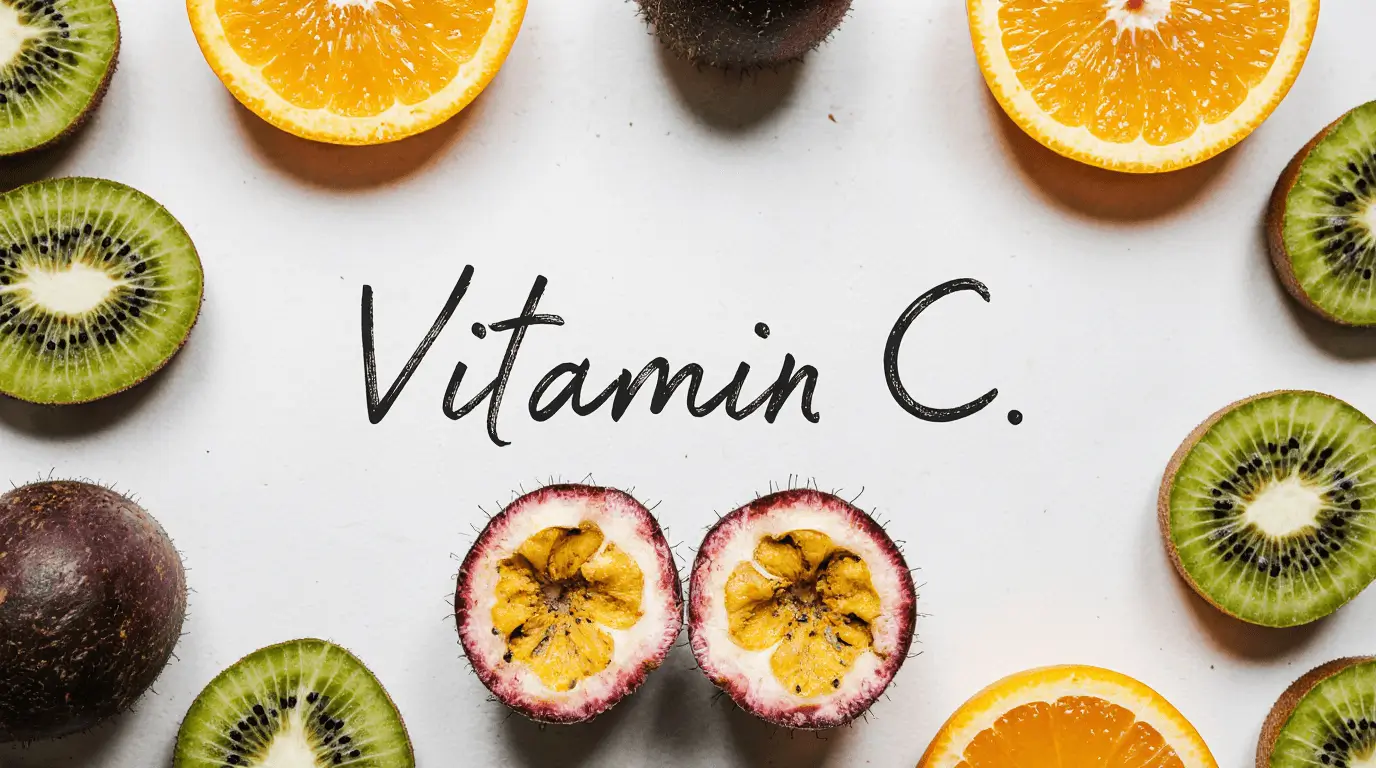
For those growing these tasty crops in their backyard, proper planting and maintenance are key. Factors like climate, soil conditions, and selecting the right variety make all the difference in a healthy harvest. Whether you’re comparing the two or exploring how to contrast them, the health advantages of these tropical fruits are clear. Each tropical item offers essential iron, supports cardiovascular health, and brings a bit of sunshine to any garden when grown with the right advice and care.
Read Also: Health Benefits of Blue Java Bananas – Nature’s Sweet, Creamy Energy Source
Growth Conditions: Cultivation Requirements for Yellow and Purple Varieties
From my experience growing passion fruit, both yellow and purple types demand specific cultivation needs to thrive and achieve healthy growth. The tropical variety generally prefers warm climates and full sun exposure, while the purple passion fruit shows more adaptability to cooler temperatures and partial shade. Each variety reacts differently depending on soil conditions, temperatures, and care. With the right balance of organic fertilization and regular watering, you can easily ensure strong yields and success in your garden settings.
- The yellow tropical berries grow best in tropical climates with well-drained soil and fertile soil to prevent waterlogging and plant death.
- Ideal temperatures range from 70°F to 90°F (21°C to 32°C) for vigorous plant growth, especially in USDA zones 9-11.
- The purple passionflower prefers greater elevations around 1200-2000 meters, offering better adaptability and consistent yields.
- Based on case studies, these crops are commonly cultivated in California, Florida, Texas, Arizona, and Louisiana, where gardeners find them easy to maintain.
- Both varieties need comparable attention to guarantee optimal success when requiring balanced moisture and sunlight exposure.
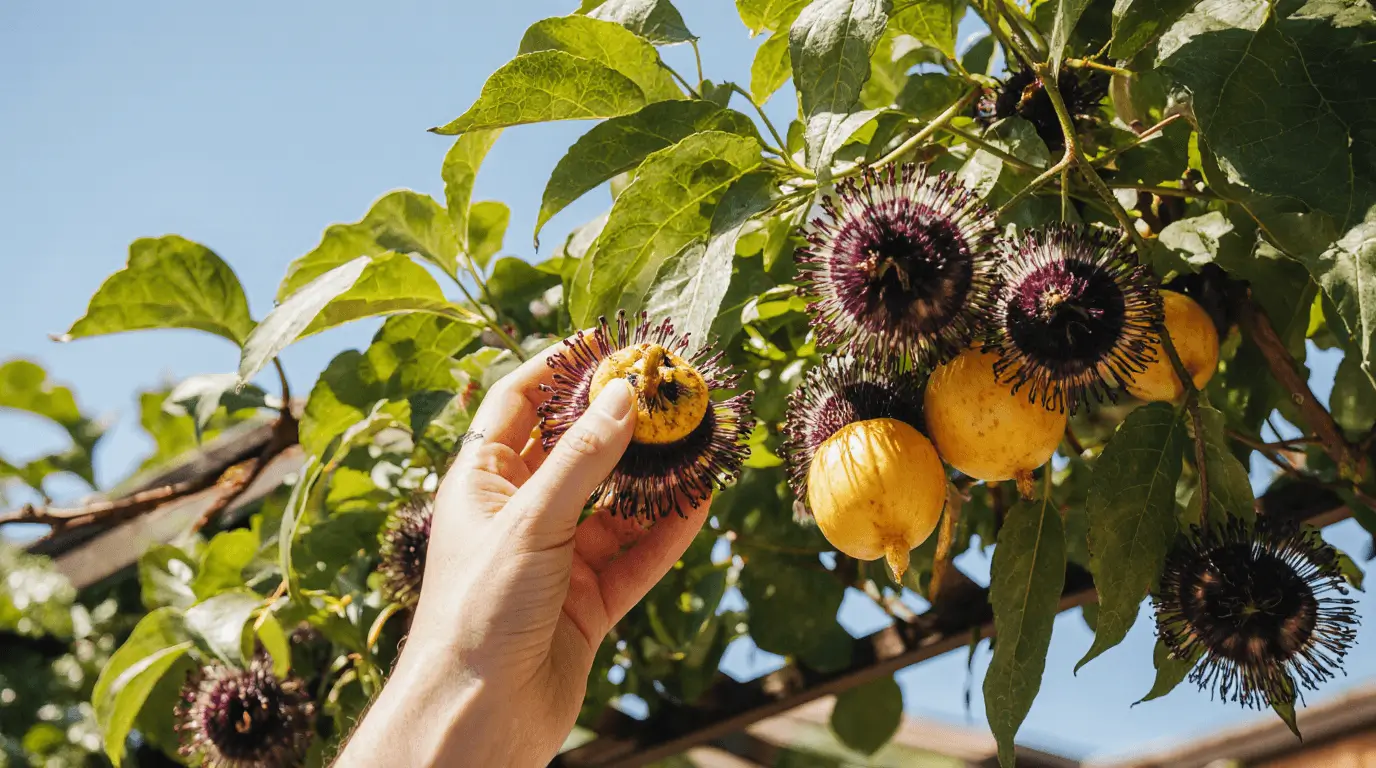
I’ve found that paying attention to climate, range, and suitable soil quality can truly determine whether your tropical variety performs well or struggles. When gardeners follow proper maintenance practices, they can successfully grow these fruits with minimal effort and maximum yield.
Read Also: 7 Secrets to Growing Cashew Trees in Florida | Expert Tips for a Lush Backyard
Pest and Disease Resistance: Comparing Vulnerabilities

While growing passion fruit yellow vs purple, I noticed that yellow tropical produce tends to be more susceptible to root knot nematodes and fungal diseases, which can lower the yield and impact overall production. The purple tropical produce, on the other hand, shows superior resistance to pests and common diseases, making it more resilient under varying conditions. According to agricultural experts, heritability estimates and genotypes play a key role in determining resilience of varieties within the Natural Agriculture system, showing how variability among plants affects their ability to withstand ailments and environmental risks. In my own garden, I’ve found that diligent care, monitoring, and integrated pest management — including the use of virus-free seedlings — significantly enhance healthy growth and minimize infestations.
Effective management techniques like elimination of infected plants and proper maintenance help promote plant strength and improve long-term survival. These practices compare well across both varieties, as gardeners recognize the significance of consistent care and adaptation to their specific range of conditions.
Both varieties demand ongoing attention and balance, but with the right techniques and focus, resilience and productivity can truly thrive.
Read Also: Troubleshoot Common Fruiting Issues – Boost Your Yields and Keep Plants Thriving
Culinary Uses: How Each Variety is Best Utilized

When I first started experimenting with yellow passionfruit and violet exotic produce in my kitchen, I was surprised by how their distinct flavor profiles could completely transform a dish. The yellow type offers a tangy taste and vibrant flavor, making it perfect for beverages, desserts, sauces, and tropical cocktails. Its zesty kick adds brightness to refreshing sorbets, while its culinary applications extend to juice extraction for commercial production. On the other hand, the purple variety has a sweeter profile and aromatic qualities, making it a recommended choice for gourmet dishes, mixed salads, and fresh consumption. The tropical delight also brings added health benefits with its vitamin C and dietary fiber, giving every dish a delightful taste that feels both exotic and nourishing.
Because of their versatility, these varieties can be used interchangeably in recipes, yet recognizing their differences allows for a more tailored culinary experience. In the ongoing debate of passion fruit yellow vs purple, I find that each can be utilized uniquely — the purple variety for its sweeter touch and the yellow passionfruit for its tartness, enhancing the overall dish and catering to diverse taste preferences.
Both are essential tropical ingredients that every home gardener and chef should treasure for their culinary uses, flavor balance, and natural beauty.
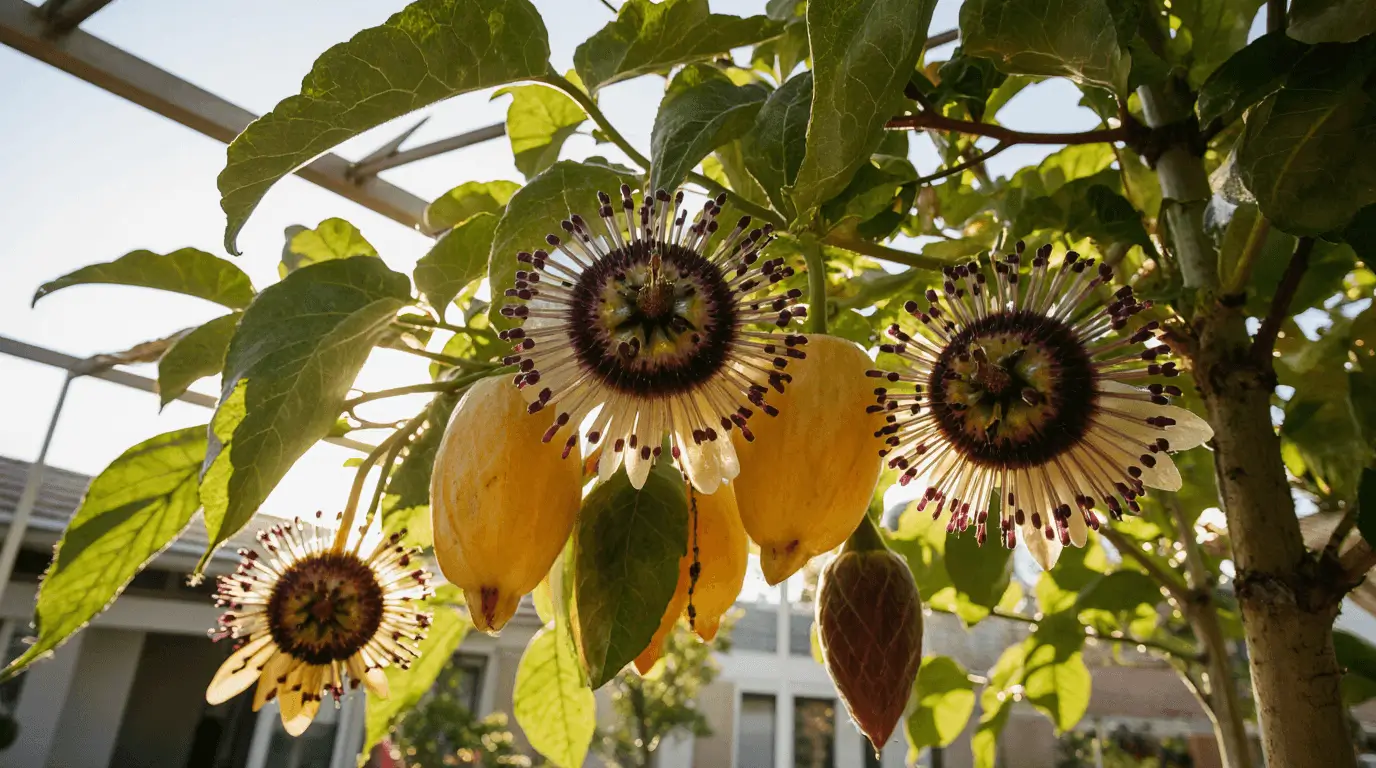
Conclusion:
After years of cultivating and tasting both varieties, I’ve come to appreciate how yellow and purple passion fruits each bring their own magic to the garden and kitchen. The yellow passion fruit stands out for its tangy, citrus-like burst — perfect for juices, tropical desserts, and vibrant recipes that need a zesty kick. Meanwhile, the purple variety enchants with its sweet aroma and smooth, floral flavor, ideal for fresh eating and elegant culinary presentations. Both are packed with antioxidants, vitamins, and health benefits, making them true tropical gems for home gardeners and fruit lovers alike.
Ultimately, the choice comes down to your climate, taste preference, and garden goals — yellow thrives in warm, sunny regions, while purple prefers slightly cooler zones. No matter which you choose, growing passion fruit offers more than just delicious harvests — it’s an enriching journey of flavor, color, and connection to nature’s tropical wonders.
Read Also: Gardening & Plant Care Guide for Thriving Plants
FAQs
- Which is sweeter — yellow or purple passion fruit?
The purple passion fruit is sweeter and more aromatic, while the yellow variety has a tangier, citrus-like flavor perfect for juices and tropical blends. - Which variety is better for juice production?
The yellow passion fruit is ideal for juice production due to its larger size, higher juice yield, and zesty flavor profile that enhances tropical beverages. - Can I grow both yellow and purple passion fruit in the same garden?
Yes! Many gardeners grow both together to enjoy diverse flavors and visual contrast. Just ensure proper spacing, sunlight, and well-drained soil for each vine. - Which passion fruit grows better in cooler climates?
The purple passion fruit thrives in cooler, subtropical areas and performs well at higher elevations, making it a great choice for non-tropical regions. - Are both yellow and purple passion fruits rich in nutrients?
Absolutely. Both varieties are excellent sources of vitamin C, fiber, and antioxidants, supporting digestion, immunity, and overall health when enjoyed regularly. - Do yellow passion fruits resist pests better than purple ones?
Actually, the purple variety tends to be more pest and disease-resistant. Yellow types may need a bit more care, especially against root knot nematodes and fungi.

